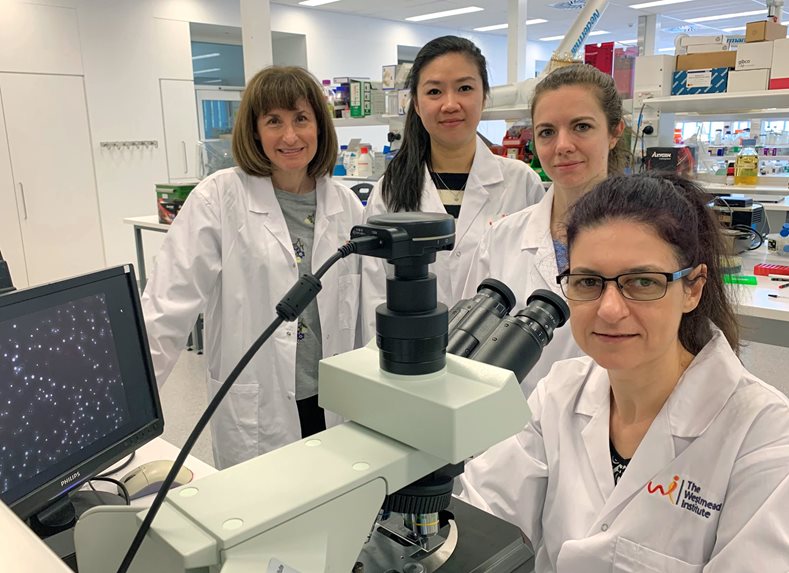October 20, 2020 Print
Researchers at WIMR have discovered that the interaction between two specific fungal molecules is a key driver of deadly fungal infection of the bloodstream known as fungal sepsis, as well as meningitis. It is hoped that a future treatment blocking this interaction could provide a new avenue for antifungal drug development.
The two key molecules that interact to drive fungal sepsis and meningitis are IP7 – a molecule essential for fungal cell metabolism, and the protein Pho81 – which regulates intake of the essential nutrient, phosphate.
Studying mouse infection models, the research team found that IP7’s interaction with Pho81 is essential for allowing fungal cells to grow and establish an infection. It does this by allowing fungal cells to ramp up their intake of phosphate.

The research team also used genetic sequencing to change the IP7 recognition sequence on Pho81, in order to block the IP7-Pho81 interaction. This led to phosphate deficiency in fungal cells which prevented growth of the invading fungal cells to the point where the infection was almost eliminated.
The research team led by Associate Professor Julianne Djordjevic, previously established that IP7 is crucial for disease-causing fungi to grow and establish life-threatening brain infections in patients with weakened immune systems, such as those with leukaemia and AIDS, as well as organ transplant recipients. The team has now built on this research to understand how IP7 does this.
“Invasive fungal diseases pose a serious threat to human health globally with more than 1.5 million deaths occurring annually,” said first author Desmarini Desmarini.
“Finding new, non-toxic and more effective treatments to kill fungal cells is both a challenge and a major health priority.
“This is because fungal cells are more closely related to human cells than other disease-causing microorganisms such as bacteria and viruses, and fungal pathogens are becoming more drug-resistant.
Co-first author, Dr Sophie Lev said, “Death rates in humans due to fungal sepsis are similar to those of tuberculosis and greater than those due to malaria.
“Although new therapies are desperately needed to reduce the high global morbidity and mortality of infectious fungal diseases, no new classes of drug have been introduced into clinical medicine since 1986.”
As there is no other protein similar to Pho81 in human cells, the study identifies Pho81 as a potential target for the development of urgently needed antifungal drugs. These would be aimed at blocking IP7 interaction, and able to be delivered without causing adverse side effects to the patient.
“Stopping fungi from absorbing nutrients during infection by interfering with the interaction of IP7 with Pho81, could provide a new treatment avenue for fungal infections. This is particularly important in patients with weakened immune systems, such as those with HIV/AIDS or leukaemia, and in organ transplant recipients who require life-long immunosuppressive therapy,” said Associate Professor Djordjevic.
The research was published in the journal
mBio. https://bit.ly/3dHpttF